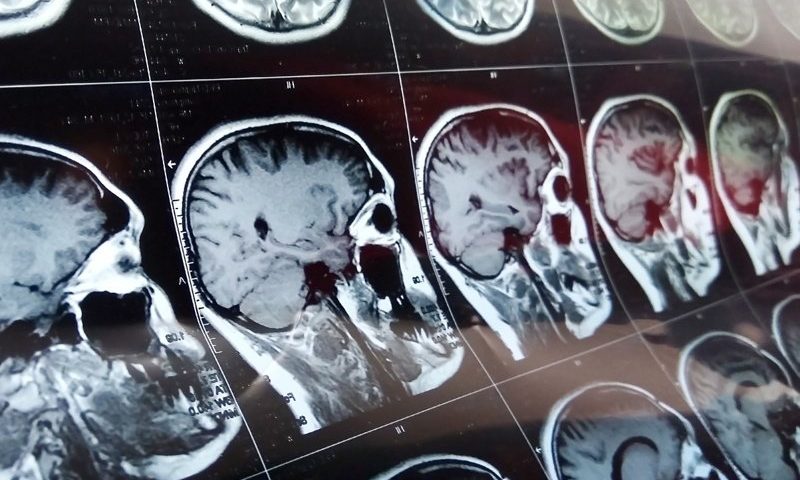Caraway Therapeutics wasn’t going to partner off its Parkinson’s program for a few more years, but AbbVie came along with an offer it couldn’t refuse.
“The deal we got was as good as we had gotten if we had held onto the program for two, three, four years … The deal was nice enough to persuade us to do it now,” said Caraway CEO Martin Williams, adding that the biotech had talked to about 15 companies about potential partnerships.
AbbVie handed over $17 million upfront for the option to license Caraway’s program targeting TMEM175, an ion channel that plays a role in the development of Parkinson’s disease in about one-quarter of patients. Caraway will bring the program through certain preclinical R&D activities, and, if AbbVie likes what it sees, the Big Pharma may license the program and move it into IND-enabling studies, human trials and beyond.
AbbVie is on the hook for $250 million more if it pulls the trigger on its option and if it meets some development milestones. But that doesn’t include payments that will come if the AbbVie hits its regulatory goals and brings the treatment to market.
“If you add in the regulatory and commercial milestones, it’s really a very attractive deal,” Williams said. And if Caraway chooses to pitch into the drug’s development after it’s handed off the baton, the biotech will receive a higher royalty rate on any sales.
Caraway’s pipeline targets autophagy, the process by which cells clear out unwanted material such as proteins, lipids and pathogens. Rather than directly target the buildup of toxic proteins, the company aims to bolster the body’s natural garbage disposal to get rid of disease-causing materials.
Its lead program, in development for Parkinson’s disease with a GBA mutation, as well rare diseases that don’t affect the central nervous system, targets TRPML1, a calcium ion channel. Its AbbVie-partnered program targets TMEM175, a potassium ion channel.
TMEM175 plays a role controlling the pH inside of lysosomes, the organelles in cells that break down toxic materials. If the pH isn’t just right, enzymes in the lysosomes stop working properly and unwanted materials accumulate.
Some mutations, called loss-of-function mutations, in the TMEM175 gene result in ion channels that don’t work as well, leading to dysfunctional lysosomes and an increased risk of Parkinson’s disease. Caraway is pursuing a treatment that would activate the ion channels and jumpstart the cell’s garbage disposal.
The duo isn’t stopping at Parkinson’s, though—the partnership also covers the development of TMEM175 modulators in “other neurodegenerative diseases.”
“The genetic validation leads you to Parkinson’s because of how the loss of function mutations and gain of function mutations increase and decrease the risk of Parkinson’s. But there is also genetic evidence linking it to Lewy body dementia and possibly ALS [amyotrophic lateral sclerosis] as well,” Williams said.
As it works with AbbVie on TMEM175 modulators, Caraway will keep plugging away at its TRPML1 program. It will likely pick a development candidate for the treatment of a rare, non-CNS disease, with its GBA Parkinson’s disease candidate following three to six months after, Williams said. It plans to file its first IND by the end of this year.

